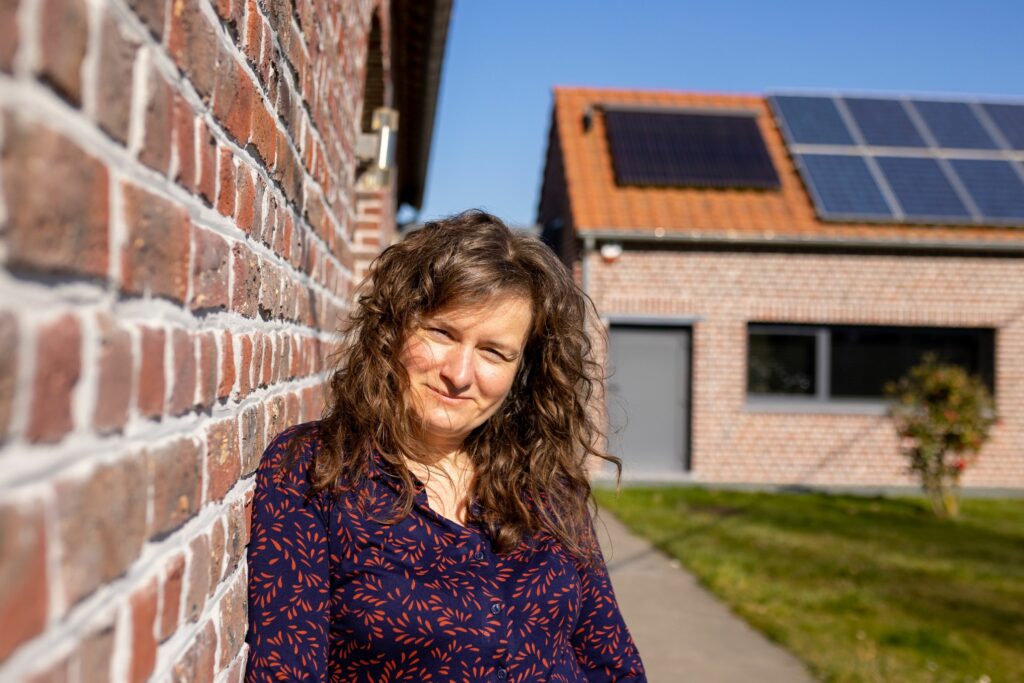Photo by Kathleen Van Vaerenbergh
How a burnout can change who you are and what you do
On 2 december 2013 I hit the wall and that was the moment everything changed. It’s like having children, there is a life before and a life after. When you hear the term “burnout” your mind may immediately wander to the physical symptoms associated with it. Indeed, they were awful and frightening. But that was not the worst of it.
It was the dark no man’s land I suddenly found myself in. I was lost. My dreams had shattered, and all the rules I lived by had become obsolete.
How did I get there? It wasn’t on the map! Where is the map anyway?
Enter a new course of study: psychology. It was never the plan to actually get a new degree and take a drastic career change. I just wanted to understand what we humans are made of and, above all, how I could avoid it from happening again.
And in the back of my (burned out) mind I also thought that I might even find a solution to the global welfare crisis.
Now that didn’t happen. I guess you got that.
The unsettling truth about work stress
While studying psychology, I learned many things but found few answers.
Burnout is not a new phenomenon or a disease of our time. It was documented centuries ago, albeit under a different name. In his fantastic book “Why Zebras Don’t Get Ulcers”, Robert Sapolsky explains in detail what happens when we, as human mammals, experience too much stress. Stress is highly personal in all its facets: causes, consequences and remedy. So there will never be a solution that works for everyone.
On the other hand, a lot of research has been done regarding stress in the workplace. We know what good, healthy and productive work should look like, and it relates, among other things, to task variation, pay, job security, task identity, feedback, etc.
I found it to be unsettling that these data and studies build on research conducted in the previous century. It’s not new, we have known this for quite some time now. Yet we see that since the peak of the financial crisis (the bankruptcy of Lehman Brothers on Sept. 15, 2008), the number of stress-related disorders has been rising year after year.
In short, we know what to do and yet we fail to really improve well-being in the workplace.
Psychological safety is the solution! Or maybe not?
In late 2018, Amy Edmondson (Harvard) published an interesting book, “the Fearless Organization”. The book is science based and is about psychological safety including its importance for people and organizations.
This book gave me a eureka feeling. This is what I was looking for!
Feeling safe with other people is probably the single most important aspect of mental health. Safe connections are essential for a meaningful and fulfilling life. Social support is more than just the presence of others. The most important aspect is reciprocity: truly being heard and seen by those around us, feeling that we exist in another’s mind and heart. To physically relax, heal and grow requires an inner sense of security (Bessel van der Kolk in “The Body Keeps the Score”).
Psychological safety is a belief one will not be punished or humiliated for speaking up with ideas, questions, concerns, or mistakes and that the team is safe for interpersonal risk-taking
- Amy Edmondson
For several years now, research around psychological safety has been booming. I have also conducted a large literature review on the topic. Psychological safety seems to be essential for people and organizations and is positively linked to creativity, knowledge sharing, innovation, learning climate, performance, employee well-being, etc.
Great, right?
Let’s have a look at what’s next: creating psychological safety. Strikingly I didn’t find a lot of research about this. The existing research seemed rather ‘static’: when there is psychological safety, we see certain positive outcomes (innovation, etc) and vice versa. Intervention studies were hard to find.
According to Edmondson as a leader you create psychological safety in your team by setting the stage and making use of your toolkit for building psychological safety:
- destigmatise failure
- ask good questions
- model intense listening
- show vulnerability
- demonstrate humility
Vertical development: taking another perspective on people and the world
And then another book crossed my path that has been instrumental in my thinking and growth as a person: “An Everyone Culture” by Robert Kegan and Lisa Lahey.
The book describes what the authors call “deliberately developmental organizations”. These organizations consciously connect business activity to the personal development of their employees. The culture in these organizations supports and weaves everyone’s development into everyday work practices and activities, daily routines and conversations. Research shows these are success factors through which people and organizations flourish.
It was my first introduction into vertical development.
Like the rings of a tree, we can grow as adults into larger and more complex versions of ourselves. We grow by living AND we can also make a conscious decision to invest in our own development. If you want to learn more about vertical development, start here.
Ever since I have been studying and reading about adult development. I consider myself lucky to have had the opportunity to take classes with some of the developmental psychologists who were at the forefront of this groundbreaking research.

Photo by Digital Buggu on Pexels
It felt like coming home, like I had been on a plane for years with no flight plan. Now I landed and could further explore my destination and be a guide to others.
I was looking for answers.
There are no answers. There are only questions, over and over again. Curious and wondering about what lies on the horizon.


